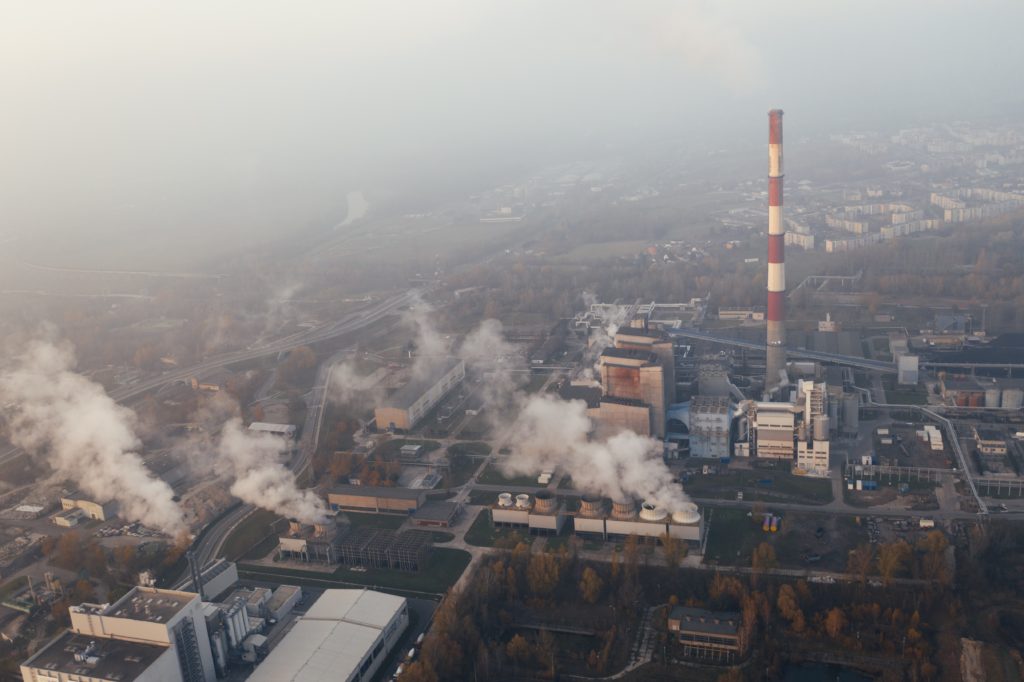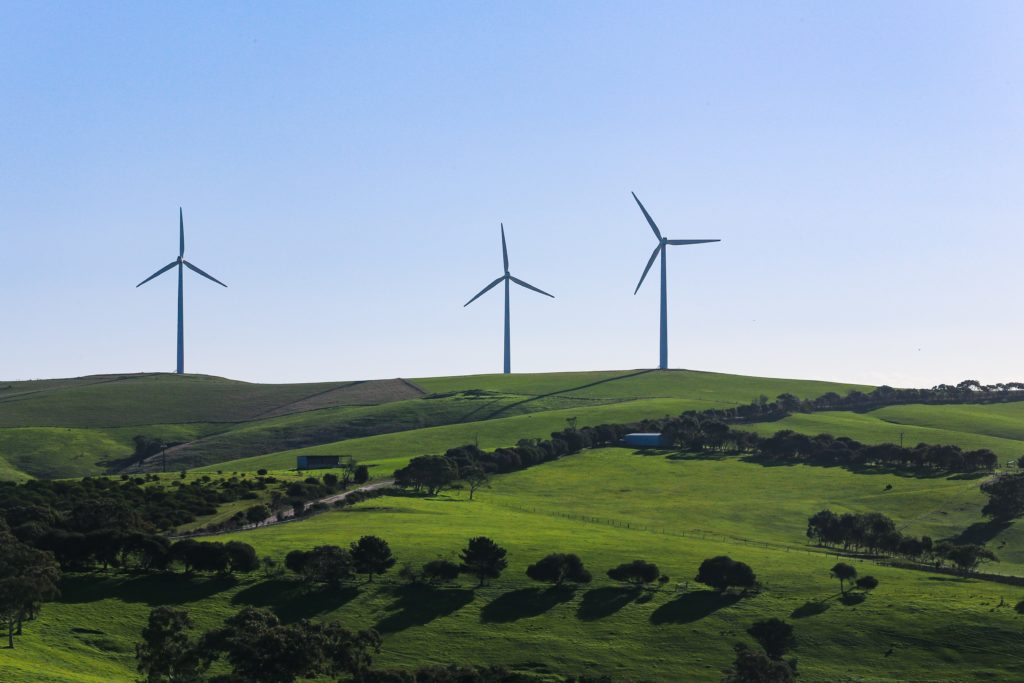The Paris Agreement, often referred to as the Paris Accords or the Paris Climate Accords, is an international treaty on climate change, adopted in 2015. It covers climate change mitigation, adaptation, and finance.
The agreement’s long-term goal is to keep global warming below 2°C above pre-industrial levels by reducing greenhouse gas emissions. Other goals include providing adequate adaptation to climate change impacts and making finance available to developing countries to assist them in meeting their mitigation and adaptation objectives.
As of November 2020, all 196 Parties to the United Nations Framework Convention on Climate Change (UNFCCC) have signed the agreement, and 189 have ratified it. The agreement entered into force on 4 November 2016.
The Paris Agreement builds upon the UNFCCC, which was agreed to in 1992 and first entered into force in 1994. The 2015 agreement is therefore an update to, and successor of, the original UNFCCC treaty. These NDCs will be updated every 5 years. Countries are also required to report regularly on their progress in implementing and meeting their NDCs.
Intended Nationally Determined Contributions
Under the Paris Agreement, Parties also have the option of Intended Nationally Determined Contributions (INDCs), which are submitted prior to ratification or accession of the Paris Agreement. The agreement also seeks to increase Parties’ resilience to the adverse effects of climate change and encourages them to take into account their common but differentiated responsibilities and respective capabilities when taking action to address climate change.
Greenhouse Gases
Greenhouse gases are gases in the Earth’s atmosphere that absorb and emit radiation within the thermal infrared range. They include water vapor, carbon dioxide, methane, nitrous oxide, chlorofluorocarbons (CFCs), hydrofluorocarbons (HFCs), and perfluorocarbons (PFCs). In the Paris Agreement, Parties set out voluntary commitments to reduce or limit their greenhouse gas emissions. These targets are known as ‘nationally determined contributions’ (NDCs).
Under the agreement, each Party’s NDC becomes increasingly ambitious over time. To encourage this, the agreement contains a global stocktake every 5 years to assess collective progress towards meeting the long-term goal. The first global stocktake will take place in 2023 and will inform Parties’ NDCs for the period from 2024-2030.
Global Warming
Global warming is the long-term rise in the average temperature of the Earth’s climate system. It is a component of climate change, and refers to an increase in global average surface temperatures.
Climate Change

Climate change encompasses both the global warming driven by human emissions of greenhouse gases, and the resulting large-scale shifts in weather patterns. Though there have been previous periods of climatic change, since the mid-20th century humans have had unprecedented impact on Earth’s climate system through increased levels of greenhouse gas emissions.
The main cause of current global warming is human activity, like burning fossil fuels, like natural gas, oil, and coal. Burning these materials releases what are called greenhouse gases into Earth’s atmosphere. There, these gases trap heat from the sun’s rays inside the atmosphere causing Earth’s average temperature to rise.
Over time, as greenhouse gas emissions from human activity continue to rise, Earth’s atmosphere is expected to trap more and more heat, causing the Earth’s average temperature to reach dangerously high levels.
United Nations Framework Convention on Climate Change
The United Nations Framework Convention on Climate Change (UNFCCC) is an international environmental treaty negotiated at the 1992 Earth Summit in Rio de Janeiro and entered into force on 21 March 1994. The UNFCCC’s objective is to “stabilize greenhouse gas concentrations in the atmosphere at a level that would prevent dangerous anthropogenic interference with the climate system.”
The UNFCCC provides a framework for action by Parties to address climate change through mitigation, adaptation, and the provision of financial resources and technology transfer. The Paris Agreement builds upon the commitments made under the UNFCCC and its Kyoto Protocol.
Kyoto Protocol
The Kyoto Protocol is an international agreement linked to the UNFCCC, which commits its Parties by setting binding targets for greenhouse gas emissions and other climate change mitigation measures. The Protocol was adopted in Kyoto, Japan, on 11 December 1997 and entered into force on 16 February 2005.
The Protocol’s first commitment period started in 2008 and ended in 2012. Its second commitment period runs from 2013-2020. As of November 2020, 193 Parties have ratified the Protocol.
Carbon Credits
Carbon credits are a key mechanism of the Kyoto Protocol. They are tradable units that represent the right to emit one metric tonne of carbon dioxide or its equivalent in other greenhouse gases. Carbon credits can be used by countries and companies to offset their emissions of greenhouse gases. One carbon credit is equal to one metric tonne of carbon dioxide. Emissions trading is a market-based approach to controlling pollution by providing economic incentives for achieving reductions in the emissions of pollutants.
Under this approach, the total amount of pollution emitted is capped and permits to pollute are allocated or auctioned to regulated polluters. The regulated polluters are required to hold a permit for each unit of pollution they emit, and they can trade permits among themselves as needed.
Impact of Paris Agreements

The Intergovernmental Panel on Climate Change (IPCC) says that to avoid a more than 1.5 °C increase in global temperature, emissions need to be reduced by 45% from 2010 levels by 2030. Achieving the targets set out in the Paris Agreement will require a significant shift in investment patterns away from fossil fuels and towards low-carbon technologies.
Climate Change Mitigation
Climate change mitigation refers to actions taken to reduce or prevent emissions of greenhouse gases. Mitigation can involve technological solutions, like developing renewable energy sources, or behavioural change, like reducing energy consumption.
Climate Change Adaptation
Adaptation measures are designed to help people and ecosystems cope with the impacts of climate change. Examples of adaptation measures include strengthening buildings to withstand more extreme weather, developing drought-resistant crops, and relocating people away from coastal areas that are at risk of flooding.
Financial Resources and Technology Transfer
The Paris Agreement includes a commitment by developed countries to provide financial resources to assist developing countries with climate change mitigation and adaptation. In addition, the agreement calls for the transfer of technology from developed to developing countries to help them meet their climate change commitments.

